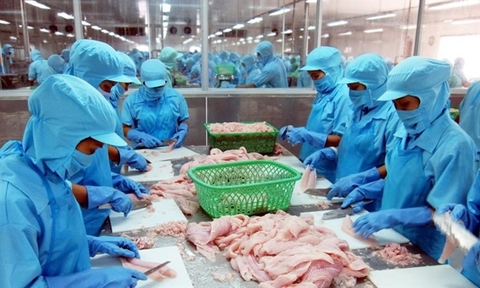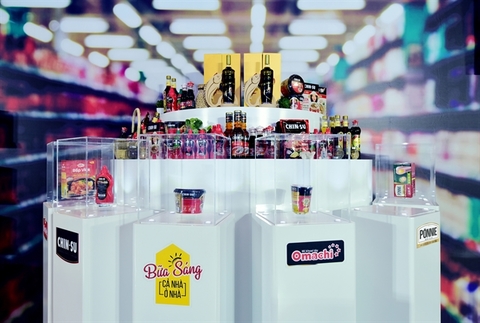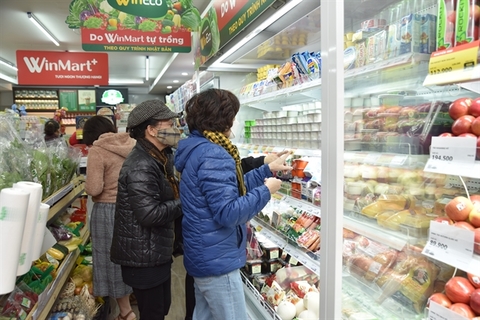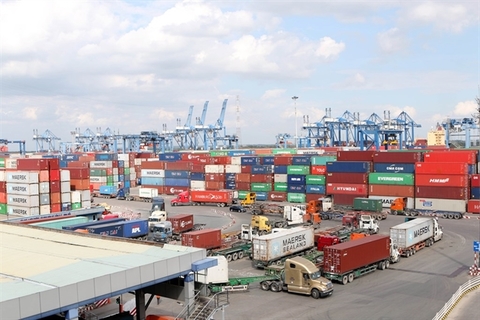Thermal power businesses (BTP) report contradictory earning results
Thermal power businesses (BTP) report contradictory earning results
While many thermal power enterprises reported positive results in both revenue and profits in the fourth quarter of last year, there are still enterprises reporting a decline in profits, even suffering losses.
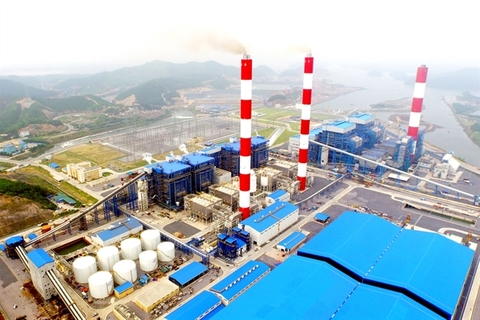
Ba Ria Thermal Power Co (BTP) is considered the fastest growing profitable enterprise in Q4. Revenue in the quarter reached VND493 billion (US$21.6 million), 3.3 times higher than the same period of the previous year and profit after tax was nearly 9 times higher, to total VND85 billion.
BTP said that in the fourth quarter of last year, its business was profitable due to the increased electricity output compared to the previous year.
For the whole of 2021, the company's revenue reached VND1.21 trillion, up 62 per cent against 2020. Profit after tax reached nearly VND127 billion, up 56 per cent year on year compared to 2020 and exceeding 19 per cent of the yearly plan.
Many enterprises in the group of thermal power enterprises still reported a deep decrease in profits over the same period of 2020 such as Hai Phong Thermal Power (HND), Pha Lai Thermal Power (PPC) and Quang Ninh Thermal Power (QTP).
Quang Ninh Thermal Power (QTP) recorded revenue of VND2.2 trillion in the fourth quarter of 2021, down 9.1 per cent compared to the fourth quarter of 2020. Profit after tax reached more than VND80 billion, a deep decrease compared to the profit of VND1.35 trillion achieved in the fourth quarter of 2020.
For the whole of 2021, Quang Ninh Thermal Power's revenue reached VND8.46 trillion, down 7.9 per cent compared to the revenue achieved in 2020. Profit after tax reached nearly VND477 billion, down 63.4 per cent compared to the profit of VND1.3 trillion achieved in 2020. In 2021, the company aimed to achieve VND316 billion in profit after tax. This result helped the company complete and exceed 50 per cent of the profit target assigned for the whole year.
In the fourth quarter, Hai Phong Thermal Power (HND) achieved VND2.22 trillion in revenue, down 10 per cent over the same period of 2020, although the power generation output in the quarter was larger than the same period last year. Profit after tax decreased by 53 per cent compared to the fourth quarter of 2020, to total VND260 billion. The main reason for the decrease in profit was the increase in capital costs, plus the decrease in electricity prices.
For the whole of 2021, the company's revenue reached VND9.03 trillion, down 17 per cent compared to 2020 and profit after tax reached VND443 billion, down 79 per cent compared to 2020.
Raw material prices increases
From the first days of 2022, under inflationary pressure, prices of a series of basic input materials rebounded after an adjustment period, in which, coal and oil prices continued their strong uptrend.
From January 3, 2022 to February 13, 2022, coal prices increased by 55.6 per cent from $157.5 per tonne to $245 per tonne and if compared to the same period last year, it is estimated to increase by 178 per cent. Similarly, the price of Brent oil from December 1, 2021 to February 11, 2022 has increased by 38.5 per cent from $68.87 to $95.41 per barrel and up by 37 per cent over the same period last year.
Experts said that the energy crisis in many countries around the world had not shown any sign of ending, which had prompted some countries to step up power production from coal to save energy and ensure energy security. Indonesia, the world's largest coal exporter, has also introduced export restrictions. But on January 20, 2022, Indonesia eased a ban on coal exports for 139 companies after meeting sales requirements in the domestic market to prevent supply shortages and power outages.
As for oil prices, big investment banks like Goldman Sachs forecast oil to reach $100 per barrel in 2021, JPMorgan forecasts oil prices will rise to $125 per barrel in 2022 and $150 per barrel in 2023.
According to BSC Securities Company, world input fuel prices will continue to stay at a high level due to the world energy crisis due to insufficient supply to meet energy consumption demand.









